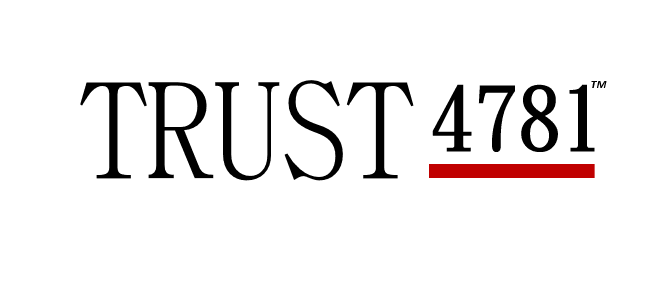Wei Wei, a Chinese dissident artist, has stepped back into themes of controversy in the arts, this time addressing the complicated issue of the looting of cultural treasures by imperial powers or occupying armies.
In 1860, British and French troops looted the Imperial Chinese Summer Palace during the Second Opium War, removing the heads of the Chinese zodiac clock-fountain from the palace grounds.
As seen in the illustration, the twelve figures, designed by Italian sculptor Giuseppe Castiglione for the Qianlong Emporer, were grouped around a fountain in the garden and are thought to have spit out water as a sort of fountain clock.
Now we hit upon the controversy: the Summer Gardens and statues once defined a semi-public space celebrating aspects of local culture through the arts. These figures were undeniably vandalized and looted by invading armies and arguably, aught to be returned to China.
 |
| Summer Palace Plan ca 1888, courtesy WikiImages. |
Now a stabilized economic world power, China is anxious to rebuild its past and to reclaim a heritage it once wantonly destroyed, as a symbol of its cultural prestige and contemporary ambitions.
 |
| Monkey, original |
 |
| Bull or Ox, original |
Perhaps the original Garden of Clear Ripples could be restored, finally providing a secure and culturally-intact sense of space and cultural connectivity to the people of Beijing. Perhaps also, Wei Wei's Circle of Animals could help inspire the former occupying powers to create their own images and recreate similar spaces within their own parks, for their own people. The British, French, and Americans are hardly bereft of their own artistic resources, and perhaps Wei Wei might be willing to continue to lend out his works as inspiration and models, a sort of diplomatic transitional shift allowing the originals to retire back to their homeland while passing the torch to a new generation of sturdy, much less controversial, traveling heads.
editing courtesy Agassiz Media & Consulting

.jpg)



.jpg)
.jpg)
.jpg)
.jpg)
.jpg)
.jpg)
.jpg)
.jpg)
.jpg)
.jpg)
.jpg)
.jpg)
.jpg)
.jpg)
.jpg)
No comments:
Post a Comment